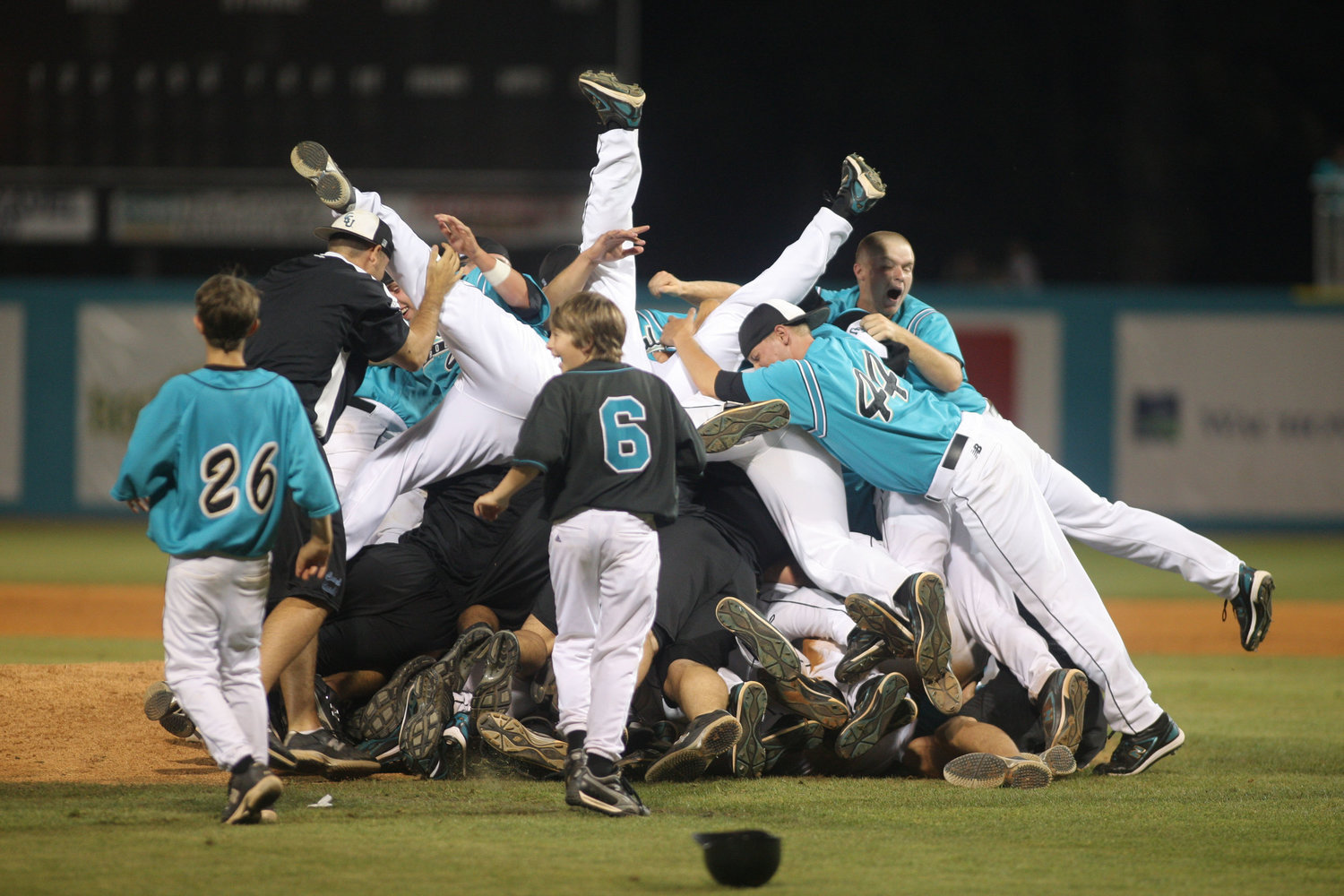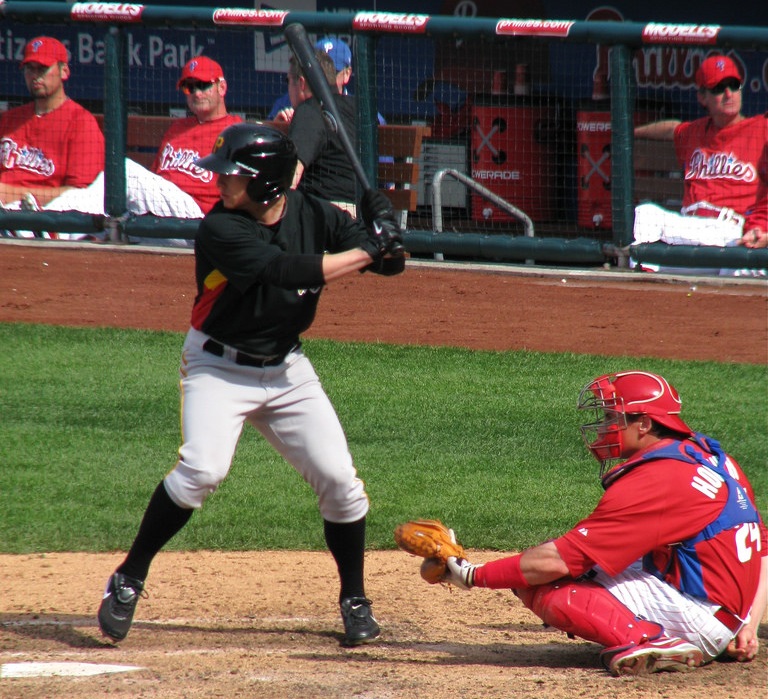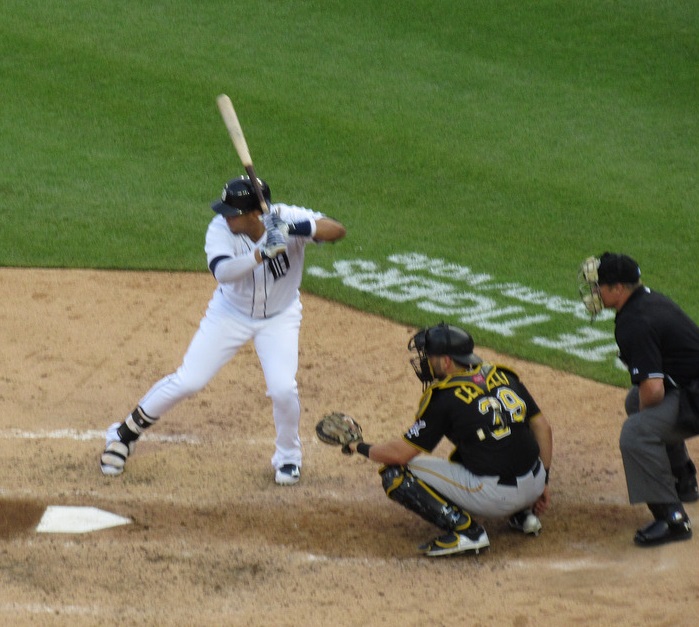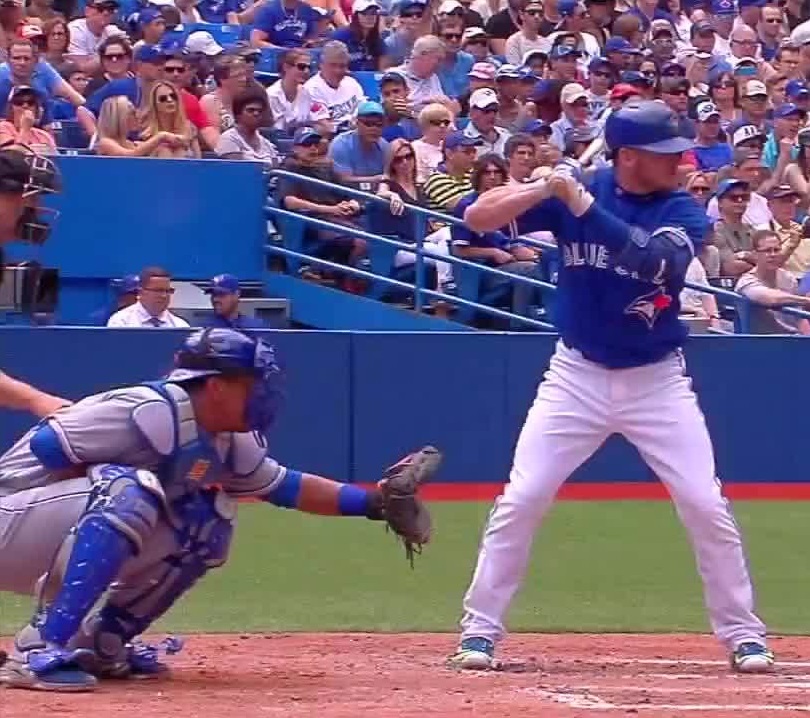While We May Know Baseball As It’s Played on a Full-Size Field …are we prepared to coach the small diamond game?
/The Game Played on The Smaller Diamond is Different
Folks who know the game as it is played at higher levels (HS, College, Pro) now find themselves on the smaller diamond coaching their kids' teams.
Does this knowledge translate to teaching the game to kids? Is there a need to modify the approach to coaching youth baseball and its skills?
The answer to these questions are, ‘Not Really’ and a definite, ‘Yes’.
It is important to recognize that the game played on the smaller diamond is much different than the one played on 90’ base paths.
First, these are little kids, not teens or grown-ups. Their bodies are not as strong as ours are - or were :) Their understanding of baseball clichés and ability to grasp complex concepts is limited.
Our knowledge of the game played on the full-sized diamond, coupled with decades of basebalisms collected in our brains, it is easy to forget the perspective of the kids we are working with.
We want to catch ourselves when we ask them to perform physical actions their bodies are not entirely equipped for and when talk of the game making assumptions of the kids’ knowledge and understanding.
Most of these instruction mistakes are unintentional and the adults working with kids are unaware that what they have said was not grasped by the kids. After a decade of working with youth level coaches, I see these communication snafus occur on a regular basis.
Effectively Communicating to Kids
We want to be sure the terminology we use can be grasped by our young ballplayers. An example is the concept of a batter making contact with the ball where the they can maximize strength and power.
At higher levels of play common statements are, "Let the ball travel", or "Let the ball get deep". ...travel where? ...get deep relative to what? These statements easily go right over a kid's head. Another way to communicate this concept, so kids can understand is, "Let the ball get to your feet".
This is a literal statement. Contact is made, give-or-take, when the ball is even with the front foot (with some variance on inside and outside pitches). A youth player can see where their feet are. The reference of the ball getting to their feet enables them to clearly understand where they want to make contact.
A statement commonly used when teaching fielding is, “Get your butt down”. Is that really what we want the kids to do? If they squat their butt down, while their feet are close together, is that what we wanted our fielder to do? …the thing is, if they do squat down in that manner, they are 100% fulfilling what we instructed : )
The teaching phrase for fielding a ground ball, used by Baseball Positive, is, “Feet Wide to Catch”. A good fielding position involves the feet being wide apart. When a player gets their feet wide apart…..their butt goes down toward the ground.
Talking in literal terms is the cornerstone to effectively communicating baseball skills to kids.
Throughout the BP website there are ‘Teaching Phrases’ that have a clear and literal meaning. You’ll find the same words and phrases come up over and over. These are not absolutes; they are terms I feel comfortable with. If you have a different word or phrase you prefer, use what flows best for you.
The key is consistency in the terminology we use when instructing. By using consistent terminology for common, fundamental actions, we can be sure our kids truly understand what we are teaching.
Physical Capabilities of Kids
This is a game of explosive movements requiring a good amount of body strength to perform them well. Pre-pubescent bodies are much less powerful than those that are well into, or have gone through, puberty. For most of us coaches, that stage of life is a distant memory. We’ve been moving through the world with big strong bodies for so long, it is likely we’ve forgotten what it feels like to try to pitch, field a ground ball, or swing a bat using the body of a little kid.
A common mistake made by youth baseball coaches is explaining and demonstrating skills from the perspective of how they are executed by an adult body, rather than the perspective of a kid’s body.
BATTING
An example of our familiarity with our adult strength is when teaching kids the loading action for swinging a bat. For a child, this action requires a of leg strength and effort. It is easy for them to ‘just skip it’. Many kids do not use a loading action prior to their swing. We don’t want to make the mistake of jumping ahead to teaching other aspects of the swing without first teaching the load.
(The action of the load, for most batters, involves a slight inward turn of the front knee, and for some, the front shoulder as well. A slight weight shift back accompanies this inward turn. The teaching phrase that Baseball Positive uses when working with batters is, “Turn Back”; this is literally what a batter does when they load.)
The purpose of the load is to prepare the legs to initiate the swing. For most kids, it never occurred to them that the legs are a part of the swing. First, we make them aware of using their legs, then get into the process of training the use of the legs. It is a process of constant emphasis and reminding. However, after a few weeks of pounding it into their heads, significant improvement in a young batter’s swing is clearly visible, because of them using their legs - “Turn Fast”
FIELDING
A fundamentally sound fielding position, with the feet wide apart,
hips low to the ground and hands extended, is difficult for many
kids, if not impossible, to execute. Recognizing this allows us to
adjust our expectations.
Presenting our instruction with an upbeat tone, “We are working
towards getting in this good fielding position every time”, rather
than gruffly saying, “If you are going to be any good at fielding,
you have to get into this position”. The way we express our
expectations, not just in our words, but also how those words are
delivered, has a significant impact on how our instruction is received.
We want to demonstrate, in our messaging, that we recognize the
physical challenges our players are facing.
PITCHING
Finishing the pitching delivery properly, on a firm, but flexed front leg with the arm accelerating down, concluded with the chest over the front knee, requires a good deal of strength in the legs and core. Most young, growing bodies are short on the amount of strength required to finish their delivery using a fundamentally sound action.
A specific body type to be aware of, is the kid with a long, lean frame whose bones have lengthened out faster than their muscles’ ability to move those longer bones effectively.
Given these realities, it doesn’t mean we don’t instruct our kids to work towards a good finish, we just do so with the understanding that they may not execute the action exactly the way we have in mind.
Differences in How the Game is Played
Beyond our expectations of their physical performance, and their capability to follow our teaching, it is important we recognize that the game is slower and that positional responsibilities are different, in some instances, on the small diamond. Below are examples:
- No need for the catcher to run down the line with the batter - at most parks (urban ones for sure) the perimeter fence is only 20'-25' beyond the base. We don’t need the catcher running down the line to cover a possible overthrow at first base.
- The pitcher breaks for third on balls hit to the left side of the infield - at this level we have runners on first and second a lot. These runners are not that fast. Double plays are rarely turned. Getting an out, any out, is a big deal. Training our pitcher to break for third, cover the base and prepare to take a throw properly, is a priority. When planning team infield drills incorporate plays that involve the pitcher and third base (first base as well). ---> Drills involving the pitcher on balls hit in the infield A team that practices having the third baseman and shortstop making throws to the pitcher covering third will get a good number of 5-1 outs and complete a few 6-1 plays over the course of the season. We also train our pitchers, when they field a ball that takes them to the third base side of the rubber, to feed the third baseman for a 1-5 put out.
- The second baseman covers first – there are more than a few instances where the first baseman fields the ball and is not in position to get back to first base before the runner. Coaching youth baseball on the small diamond includes training the second baseman to cover first base when not fielding balls hit to their left. In cases where the pitcher reaches the bag first, the second baseman continues beyond the base to back up the throw.
- The pitcher is the cut-relay to home on All balls hit to the outfield - reasons:
1. Usually, the pitcher is one of the best athletes on the field; we want them handling the ball as much as possible
2. Unlike 90’ baseball, the pitcher does not back up home plate. In most cases, there is not enough room behind home plate for the pitcher to get enough depth to properly back-up an over throw. If we send the pitcher back there, the backstop ends up doing most of the backing-up
3. Kids play a variety of positions at this level; at the very least, they play positions other than pitcher. That fact, coupled with limited practice time we have at the youth level, results in kids not getting the reps needed learn the nuances of each position. Making the pitcher the cut-relay player on 100% of the plays to the plate, simplifies learning and execution.
- Outfielders back-up bases on every play. Even at the 12-year-old level, outfielders are not that far from the infield. When they are not chasing balls in the outfield, they need to be sprinting to the infield to back up throws to bases. This habit is developed through drill work. Simply telling them they are supposed to back up bases in not gonna do the trick. If you are new to this level, you will soon find out how important it is, on every throw to a base, to have a player backing-up : )
- The underhand toss is used a lot more often. On the smaller diamond, players are much closer together. Also, there are runners on base in higher numbers, setting up a lot of force out opportunities. Given these two points, each game has many situations calling for short throws. The underhand toss is more accurate and easier to catch when throws are made from a short distance. Kids need to be taught how to execute this throw and it needs to be practiced throughout the season (see 'Pre-game Practice' - plug this work in on game day). I urge coaches at every level of youth baseball to incorporate drills, using the underhand toss, into each practice. Btw – you might be surprised by the number of kids who don't know that tossing the ball underhand is even an option.
Let’s Do This
Coaching a team that plays on the smaller diamond may require some learning on our part before we get started. We will also need to file away some of our baseball knowledge and save it a few years until the kids we are working with get older.
We can scale back our teaching of skills to simple points and consistent terminology. By doing so, we’ll find our kids learning quicker and enjoying more, the process of developing their fundamental skills. The kids we work with will improve and their understanding of how to play the game will increase, but they still won’t look like pros …or even young teens.
More important than anything we teach this year, we want to create an environment where the kids enjoy themselves and gain a positive feeling toward the game. Our primary goal for the season when coaching at this level, from my perspective, is for each player to walk off the field on the final day of the year thinking, “I want to play again next year”.
Next year they will be bigger, stronger, their brains will have a greater level of maturity, they will better understand how to play the game…..on the small diamond. And hopefully, together through our efforts, we will contribute to the increase in the percentage of players who play the game long enough that there will be a need to learn how to play the game on the big diamond.































